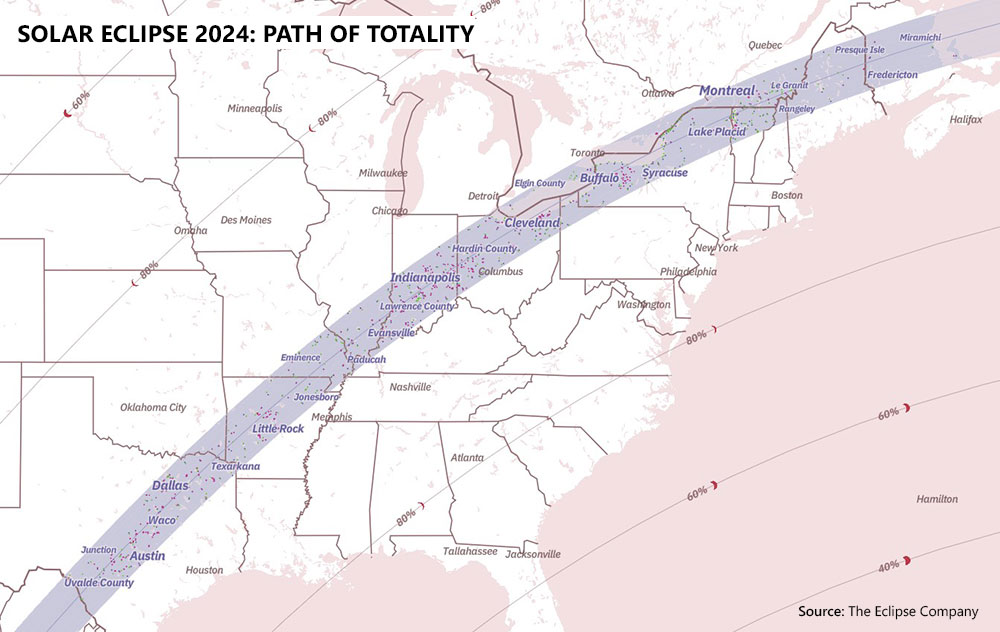- Navigator
- Economic and Fiscal Impact Analysis
 Economic impact analysis is an essential tool in economic development. Whether elected officials want to know how many jobs and how much income a particular industry supports in the local economy, or a developer wants to show how the construction of their project will increase local economic activity, economic impact analysis gives them the information needed to understand and quantifiably tell those stories.
Economic impact analysis is an essential tool in economic development. Whether elected officials want to know how many jobs and how much income a particular industry supports in the local economy, or a developer wants to show how the construction of their project will increase local economic activity, economic impact analysis gives them the information needed to understand and quantifiably tell those stories.
Economic impacts occur when “new” money enters a regional economy and spreads through local supply chains and the incomes of local workers, increasing the size of the economy in a “multiplier” effect. Prime examples of this include the sale of goods manufactured in the region to customers outside the region or local spending by nonresident visitors.
The total solar eclipse that will occur on April 8 provides an excellent opportunity to observe the economic impacts on the communities within its path because it will draw visitors to parts of the country that they would not otherwise have visited or entice people to make an additional visit.
Take the Adirondack Park in northern New York state. Much of the 6-million-acre park is in the eclipse’s “path of totality.” An article published back in December 2023 in the Adirondack Explorer described how several hotels in the park were already nearly fully booked at well-above-average room rates on and around the celestial event. The Village of Tupper Lake is marking the occasion with “Totality in Tupper,” featuring a slew of events at the Adirondack Sky Center & Observatory and The Wild Center natural history museum.
This is an excellent example of new money entering a region that would not otherwise have been spent there. (To get the true “net new” spending, you’d want to subtract normal visitor spending in the region for early April to determine the net increase due to the eclipse.)
The eclipse-watchers will spend money on lodging (a lot, apparently), food and drink, transportation, and various other activities. Hotels, restaurants and bars, retail shops, and other local businesses will purchase additional supplies from other businesses in the region to serve the influx of customers. Businesses may also hire additional staff during this time or pay existing staff for overtime.
This new visitor spending, business purchases from local suppliers, and additional income for workers represent the “direct,” “indirect,” and “induced” effects that make up economic impact multipliers. Combining them gives the total impact.
For most impact analyses, all that’s needed is the initial change — in this case, how much these eclipse-watchers spend on which goods and services. This is entered into an “input-output” model like RIMS II, IMPLAN, Lightcast, or REMI PI+. The model then estimates the indirect supply chain and induced employee (household) spending effects.
Input-output models are based on data from the National Income and Product Accounts. These accounts look at the dollar value of inputs a given industry purchases from other industries to produce its output.
For example, a hotel may need to purchase additional linens, soap, shampoo, conditioner, body lotion, and cleaning equipment and supplies, plus food, beer, wine, and liquor if it has a restaurant and bar. These input purchases create the first round of indirect effects.
These effects continue as the hotel’s suppliers then purchase additional inputs from their local suppliers, and so on. The accounts also incorporate information on payments to households from businesses in the form of employee earnings and household purchases of goods and services. These generate the induced effects.
While the solar eclipse presents an opportunity for areas that happened to fall within its path to capture a one-time, windfall economic impact, more intentional actions and policies can foster both one-time and ongoing economic impacts.
Camoin Associates helps its clients develop strategies to promote both short- and long-term growth and prosperity and measure the impact of that growth. How can we help you?
📍 Related Articles:
- Using an Economic Impact Analysis to Evaluate Your Project
- Tell Your Story With an Economic Impact Dashboard
💡 Download Our White Papers:




